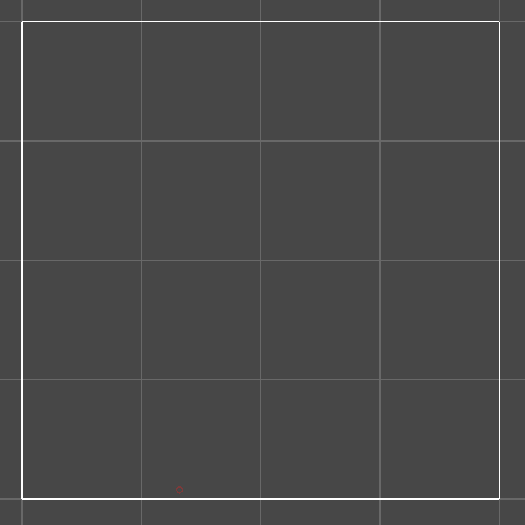Graham Scan
The Graham scan algorithm compute the convex hull of a set of points in a plane. The convex hull is the smallest convex polygon that can enclose all the points in the set, much like stretching a rubber band around the points and letting it snap into place.
How the algorithm works?
Find the point with the lowest y-coordinate
First, the algorithm identifies the point with the lowest y-coordinate. This point is guaranteed to be part of the convex hull.
1
Array.Sort(m_Points, delegate (Vector2 v1, Vector2 v2) { return v1.y.CompareTo(v2.y); });
Sort the other points by polar angle
The other points are then sorted based on the polar angle they make with the lowest y-coordinate point.
1
2
Vector2 lowestYCoordinatePoint = m_Points[0];
Array.Sort(m_Points, 1, m_Points.Length - 1, new Vector2AngleComparer(lowestYCoordinatePoint));
Build the convex hull
The algorithm then iterates through the sorted points, and for each point, it determines whether moving from the last two points in the current convex hull to this point constitutes a “left turn” or a “right turn.”
1
2
3
4
5
6
7
8
9
10
11
12
13
14
15
16
17
18
var convexHull = new Stack<Vector2>();
convexHull.Push(m_Points[0]);
convexHull.Push(m_Points[1]);
for (int i = 2; i < m_Points.Length; i++)
{
var candidatePoint = m_Points[i];
while (convexHull.Count >= 2 && !IsCCWTurn(PeekAtStackSecondTop(convexHull), convexHull.Peek(), candidatePoint))
{
convexHull.Pop();
}
convexHull.Push(candidatePoint);
}
convexHull.Push(m_Points[0]);
This post is licensed under CC BY 4.0 by the author.
